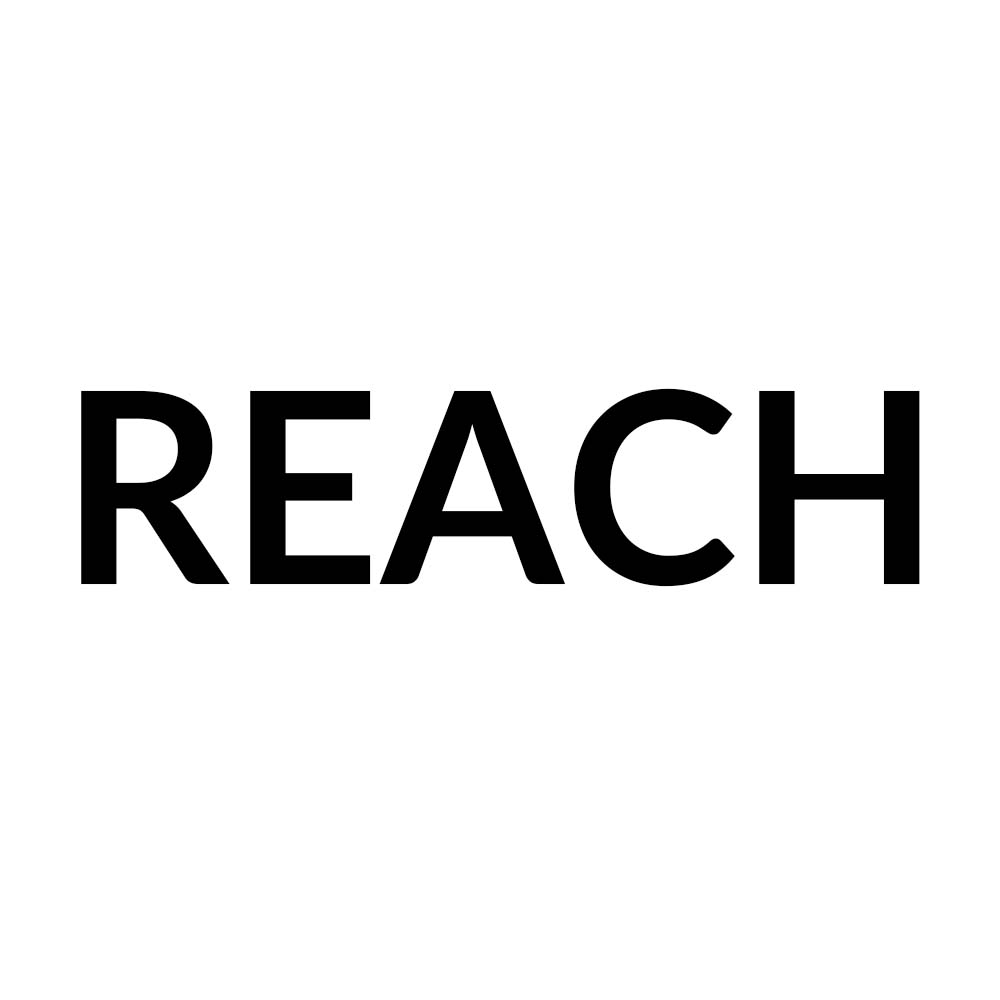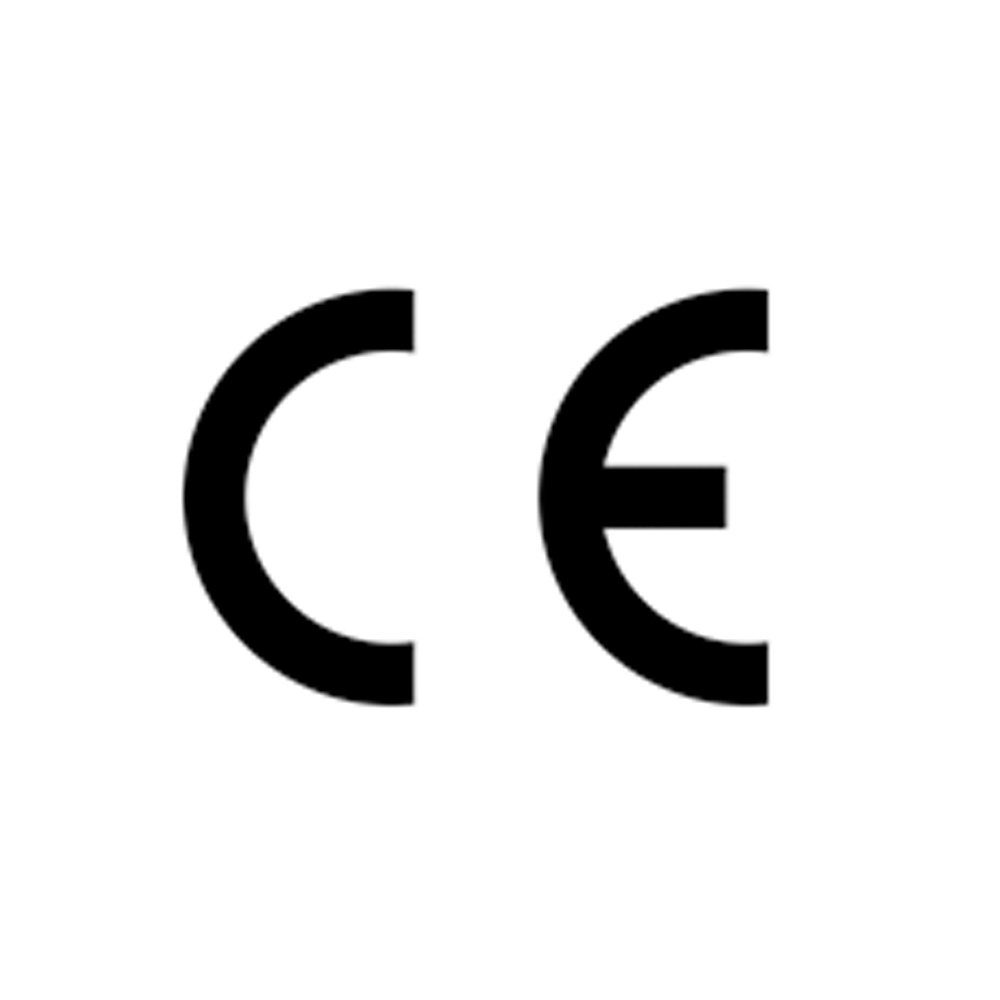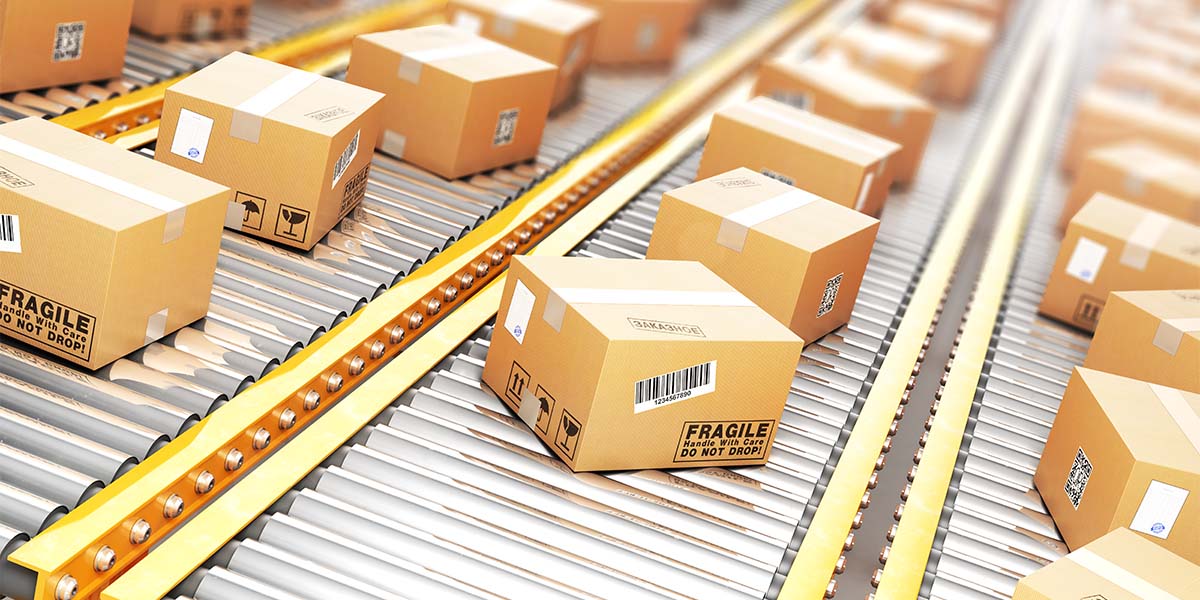All of AOPEN products comply with green environmental protection standards, adhering to the environmentally friendly strategy.
| Lead (Pb) | <1000 ppm | Polybrominated biphenyl ethers (PBDEs) | <1000 ppm |
| Mercury (Hg) | <1000 ppm | Bis(2-ethylhexyl) phthalate (DEHP) | <1000 ppm |
| Cadmium (Cd) | < 100 ppm | Butyl benzyl phthalate (BBP) | <1000 ppm |
| Hexavalent chromium (Cr6+) | <1000 ppm | Dibutyl phthalate (DBP) | <1000 ppm |
| Polybrominated biphenyl (PBBs ) | <1000 ppm | Diisobutyl phthalate (DIBP) | <1000 ppm |
|
|
 |
 |
|
The manufacturer must consider the environmental pollution problems caused by waste products.
|
Using easily recycled and environmentally friendly design, and to assume the responsibility and cost recovery.
|
Products sold in the EU to be labeled markers (see above, “SYMBOL FOR THE MARKING OF EEE” ) in the body of the product; the symbol indicating separate collection for EEE consists of the crossed-out wheeled bin. |

REACH(EC 1907/2006) is the European Community Regulation on chemicals and their safe use. It deals with the Registration, Evaluation, Authorisation and Restriction of Chemical substances.
The REACH Regulation places responsibility on industry to manage the risks from chemicals and to provide safety information on the substances.
Manufacturers and importers are required to gather information on the properties of their chemical substances, which will allow their safe handling, and to register the information in a central database in the European Chemicals Agency (ECHA) in Helsinki. The Agency is the central point in the REACH system: it manages the databases necessary to operate the system, co-ordinates the in-depth evaluation of suspicious chemicals and is building up a public database in which consumers and professionals can find hazard information.
The Regulation also calls for the progressive substitution of the most dangerous chemicals (referred to as "substances of very high concern") when suitable alternatives have been identified.

The CE marking is a key indicator of a product's compliance with EU legislation and enables the free movement of products within the European market.
By affixing the CE marking to a product, a manufacturer declares that the product meets all the legal requirements for CE marking and can be sold throughout the EEA. This also applies to products made in other countries that are sold in the EEA.
The letters ‘CE’ appear on products to signify that products sold in the EEA have been assessed to meet high safety, health, and environmental protection requirements.

These so-called 'conflict minerals', such as tantalum (Ta), tin (Sn), tungsten(W) and gold (Au), respectively, and are used in electronics and other products.
In politically unstable areas the Democratic Republic of the Congo(DRC) and its adjoining countries, armed groups often use forced labor to mine minerals. They then sell those minerals to fund their activities, for example to buy weapons.
To stem the trade in conflict minerals: To stop conflict minerals and metals from being exported and refiners from using conflict minerals, and mine workers from being abused. To ensure import these minerals and metals from responsible sources only.
To provide products that use less energy, save money and protect the environment. Using less energy to get the same job done; by lowering energy use, reduces monthly energy bills and makes energy more affordable for businesses.


Small size, compact design with less materials, and environmental friendly. These small differences in product size and weight lead to significant carbon emission reductions; and products require less packaging and become more efficient to ship.